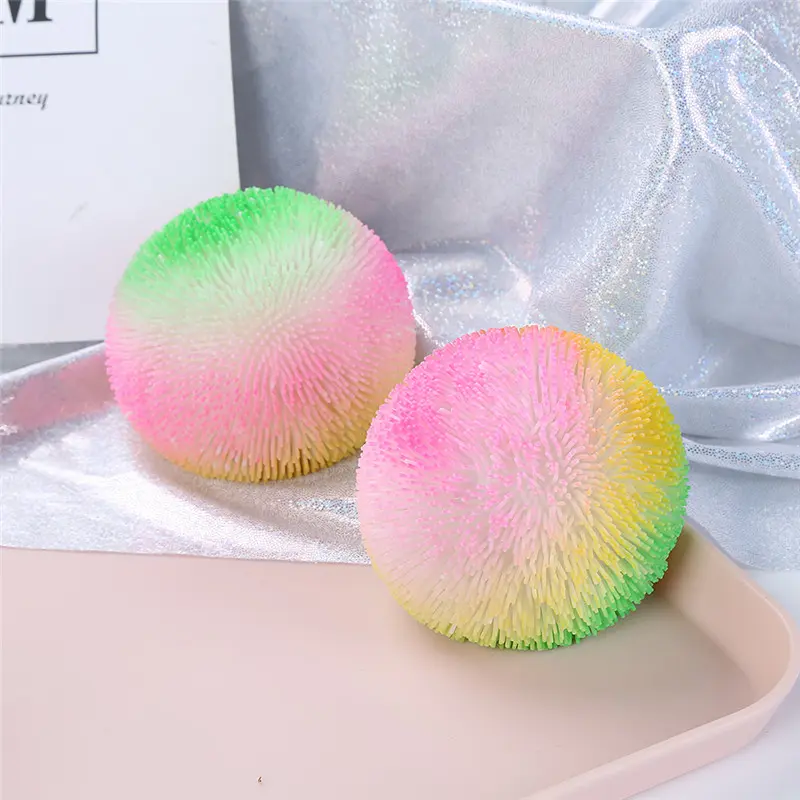Do you find yourself suffering from the discomfort of carpal tunnel syndrome? Have you been looking for a simple, non-invasive way to relieve pain and stiffness in your wrists and hands? If so, you may have thought of using a stress ball as a potential solution.
Carpal tunnel syndrome is a condition that occurs when the median nerve (which runs from the forearm to the palm of the hand) becomes compressed at the wrist. This compression can cause pain, numbness, and tingling in the affected hand and arm. This is a common condition that is often caused by repetitive movements such as typing, using a computer mouse, or other activities involving fine motor skills.
Many people with carpal tunnel syndrome have begun using stress balls to relieve symptoms. But does squeezing a stress ball really help carpal tunnel? Let’s take a closer look at the potential benefits and drawbacks of incorporating a stress ball into your carpal tunnel treatment plan.
First, it’s important to understand that using a stress ball will not cure carpal tunnel syndrome. However, it can be a useful tool in managing symptoms associated with the disease. Squeezing a stress ball can help improve blood flow and circulation to your hands and wrists, thereby reducing pain and stiffness. Additionally, the repetitive motion of squeezing and releasing a stress ball helps strengthen the muscles in your hands and forearms, potentially relieving symptoms of carpal tunnel syndrome.
It’s also worth noting that using a stress ball can be used as a form of physical therapy for people with carpal tunnel syndrome. By performing regular hand and wrist exercises, you can improve range of motion and prevent further injury. Incorporating stress balls into your daily routine is an easy and convenient way to incorporate these exercises into your daily routine.
However, be careful when using a stress ball, especially if you experience severe pain or discomfort in your hands and wrists. Squeezing a stress ball too hard or for too long may worsen your symptoms and cause further pressure on the affected area. It’s crucial to use stress balls in moderation and to listen to your body’s signals. If you experience increased pain or discomfort while using a stress ball, be sure to discontinue use and consult a health care professional.
In addition to using a stress ball, it’s important to explore other treatment options for carpal tunnel syndrome. These may include wearing a wrist splint to keep the wrist in a neutral position, making ergonomic adjustments to the work environment, and performing hand and wrist stretching and strengthening exercises. In some cases, people with severe carpal tunnel syndrome may need more aggressive treatment, such as corticosteroid injections or surgery.
while squeezing a stress ball can provide some relief from the symptoms of carpal tunnel syndrome, it is not a stand-alone solution for treating the condition. It should be considered an integral part of a comprehensive treatment plan that includes a combination of physical therapy, ergonomic adjustments, and other interventions. If you are considering using a stress ball as part of your carpal tunnel treatment plan, it is important to do so under the guidance of a healthcare professional. By working with a knowledgeable healthcare provider, you can develop a personalized approach to managing your carpal tunnel syndrome and relieving your symptoms.
Post time: Dec-09-2023

